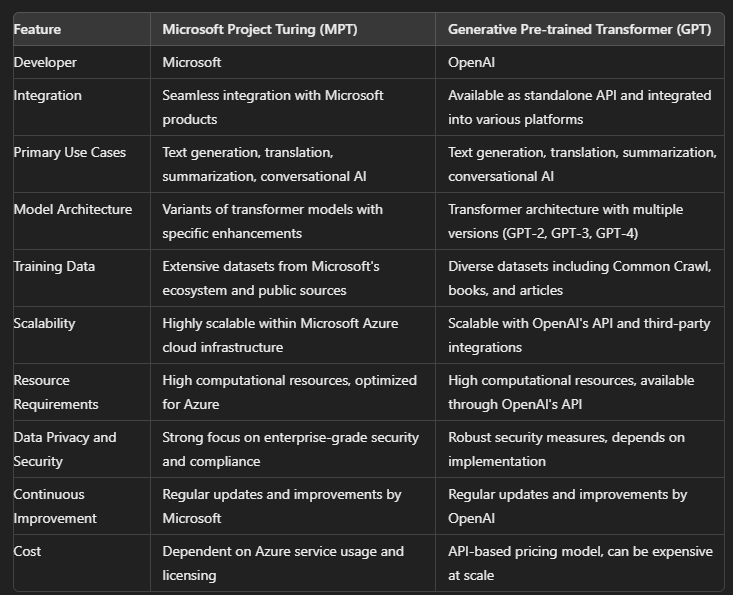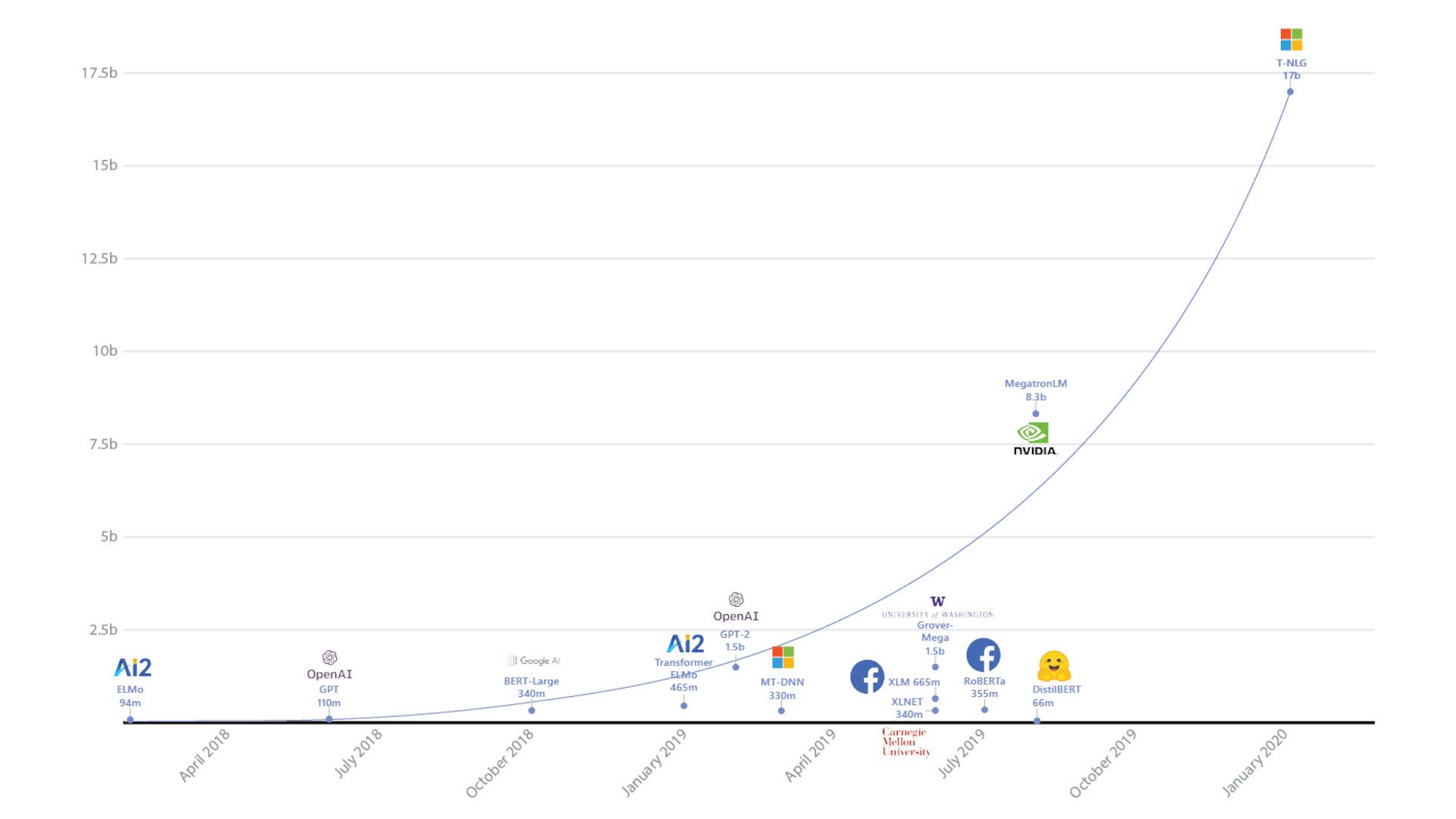Breification 33: Microsoft Project Turing (MPT)
Microsoft Project Turing, named after the legendary British mathematician and computer scientist Alan Turing, is an ambitious initiative by Microsoft aimed at advancing the field of natural language processing (NLP) and artificial intelligence (AI).
MPT encompasses a series of deep learning models and techniques designed to improve the way computers understand and generate human language.
These models are integrated into various Microsoft products and services, enhancing their capabilities and providing users with more intelligent, responsive, and context-aware experiences.
Overview of Microsoft Project Turing
Project Turing involves the development of large-scale transformer-based language models, similar to OpenAI's GPT (Generative Pre-trained Transformer) models.
These models are trained on vast amounts of text data, enabling them to perform a wide range of NLP tasks, including text generation, summarization, translation, sentiment analysis, and more. The ultimate goal of MPT is to create AI systems that can interact with humans in a more natural and meaningful way, understanding the nuances of language and context.
MPT v/S GPT

Use Cases of Microsoft Project Turing
1. Text Generation and Summarization
One of the primary use cases of MPT is in text generation and summarization. These models can generate coherent and contextually relevant text based on a given prompt, making them useful for content creation, report generation, and summarizing long documents into concise versions.
2. Language Translation
MPT models are designed to improve the accuracy and fluency of language translation. They are integrated into Microsoft Translator and other language services, providing users with high-quality translations across numerous languages.
3. Conversational AI
Microsoft leverages MPT for building advanced conversational AI systems. These models enhance chatbots and virtual assistants like Cortana, enabling them to understand and respond to user queries more naturally and effectively.
4. Sentiment Analysis
Businesses use MPT for sentiment analysis to gauge customer sentiment from reviews, social media posts, and feedback. This helps in understanding customer satisfaction and improving products and services.
5. Document Processing
MPT models are employed in document processing tasks such as entity recognition, classification, and extraction. This is particularly useful in legal, financial, and healthcare sectors where large volumes of documents need to be processed efficiently.
Advantages of Microsoft Project Turing

1. Enhanced Language Understanding
MPT models are designed to have a deep understanding of language nuances, which improves the accuracy and relevance of the responses generated.
2. Scalability
MPT can be scaled across different applications and industries, making it versatile and adaptable to various business needs.
3. Integration with Microsoft Ecosystem
Being a Microsoft initiative, MPT models integrate seamlessly with other Microsoft products and services, enhancing their capabilities and providing a cohesive user experience.
4. Continuous Improvement
Microsoft continuously updates and improves MPT models, incorporating the latest advancements in NLP and ML to ensure they remain state-of-the-art.
Disadvantages of Microsoft Project Turing

1. Resource Intensive
Training and deploying MPT models require significant computational resources, which can be a barrier for smaller organizations.
2. Data Privacy Concerns
Like any AI model, MPT relies on large datasets for training. Ensuring data privacy and security is crucial, especially when dealing with sensitive information.
3. Dependence on Microsoft Ecosystem
Organizations that rely heavily on MPT may find themselves locked into the Microsoft ecosystem, which might limit their flexibility in adopting other technologies.
Examples of Microsoft Project Turing in Action
1. Microsoft Word and Outlook
MPT models are integrated into Microsoft Word and Outlook, providing users with advanced text prediction, grammar correction, and summarization features.
2. Azure Cognitive Services
MPT powers several services within Azure Cognitive Services, such as the Text Analytics API, which offers sentiment analysis, key phrase extraction, and language detection.
3. Microsoft Translator
The translation capabilities of MPT are utilized in Microsoft Translator, delivering high-quality translations for both personal and business use.
Practical Applications of Microsoft Project Turing

1. Customer Support
Organizations use MPT models to enhance their customer support services. AI-powered chatbots and virtual assistants provide quick and accurate responses to customer queries, improving satisfaction and efficiency.
2. Content Creation
MPT aids content creators by generating ideas, drafting articles, and summarizing research papers, saving time and effort.
3. Market Research
Companies leverage MPT for market research by analyzing vast amounts of text data from social media, news articles, and surveys to derive insights and trends.
4. Healthcare
In healthcare, MPT models assist in processing medical records, extracting relevant information, and supporting diagnostic decisions through natural language understanding
Conclusion
Microsoft Project Turing represents a significant advancement in the field of natural language processing, offering robust and versatile AI models that enhance various applications across industries.
While it brings numerous advantages, such as improved language understanding and seamless integration with Microsoft products, it also comes with challenges like resource intensity and data privacy concerns.
Comparing MPT with other models like GPT highlights the strengths and unique features of each, helping organizations choose the best tool for their specific needs. As AI continues to evolve, initiatives like Project Turing will play a crucial role in shaping the future of human-computer interaction.






